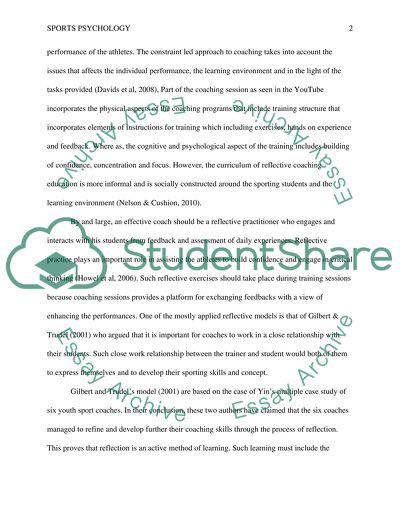Cite this document
(“Being a reflective coach Essay Example | Topics and Well Written Essays - 2250 words”, n.d.)
Retrieved from https://studentshare.org/psychology/1464519-being-a-reflective-coach
Retrieved from https://studentshare.org/psychology/1464519-being-a-reflective-coach
(Being a Reflective Coach Essay Example | Topics and Well Written Essays - 2250 Words)
https://studentshare.org/psychology/1464519-being-a-reflective-coach.
https://studentshare.org/psychology/1464519-being-a-reflective-coach.
“Being a Reflective Coach Essay Example | Topics and Well Written Essays - 2250 Words”, n.d. https://studentshare.org/psychology/1464519-being-a-reflective-coach.


